Enthralled by the glitzy streets of Rio, the gorgeous Galapagos, the breathtaking Andes and the Incan ruins of Machu Picchu? Are your feet itching to tango your way from the top of Colombia to the tip of Argentina?
Well, pack your bag, your trusty walking shoes, travel insurance and discover the wilds of the Amazon rainforest, the steppes of Chile and the lost adobe city of Chan Chan. It’s time to backpack across South America!
There are several countries on the continent of South America, including (but not limited to) some well-known destinations such as:
There are also two non-sovereign states: French Guiana (an overseas territory of France) and the Falkland Islands (a British overseas territory), plus some perhaps lesser known South American countries like Guyana, Paraguay, Uruguay and Suriname .
South America covers approximately 17,849,000 square kilometres of land, and over 400 million people call the continent home. The continent boasts the world’s highest uninterrupted waterfall, the largest river (by volume), the driest place on earth, the longest mountain range and the largest rainforest.

Spanish and Portuguese are the two main spoken languages in South America and football (sometimes referred to as soccer) is the South American sport of choice. In countries like Brazil and Argentina, their passion for football borders on religious!
If you plan on backpacking in the fourth largest continent on earth, you’re in for the adventure of a lifetime. South America is vast, transport is unreliable (especially in rural and remote areas) and communication, even with a smattering of travel guidebook Spanish, will be difficult. However, the challenges of touring some of the world’s greatest historic, cultural and natural wonders will pale in comparison to the rugged beauty of the landscape.
First-time backpackers and visitors to South America would be wise to do their research before leaving home. You want to get the most bang for your buck but in South America – less is more. What we mean is that South America forces you to dial it back a notch and slow down. Although it can be vibrant and noisy and the cities are crowded, one of the first things you’ll notice when you arrive almost anywhere in South America is that life…slows…down.
Perhaps it’s the Latin lifestyle and the Spanish influence, but the whole continent seems to run on a sort of “island time”, which can be frustrating for the “go-get-‘em” traveller. There are some amazing sights to see but if you’re short on time, consider planning fewer destinations with more time at each stop to enjoy the local culture.
Also, with unreliable transport options, it may take you longer to get between destinations than you planned, so extra time in each place is a good buffer. Although things happen and you’ll need to be flexible, an itinerary will be vital in keeping you on track and on budget.
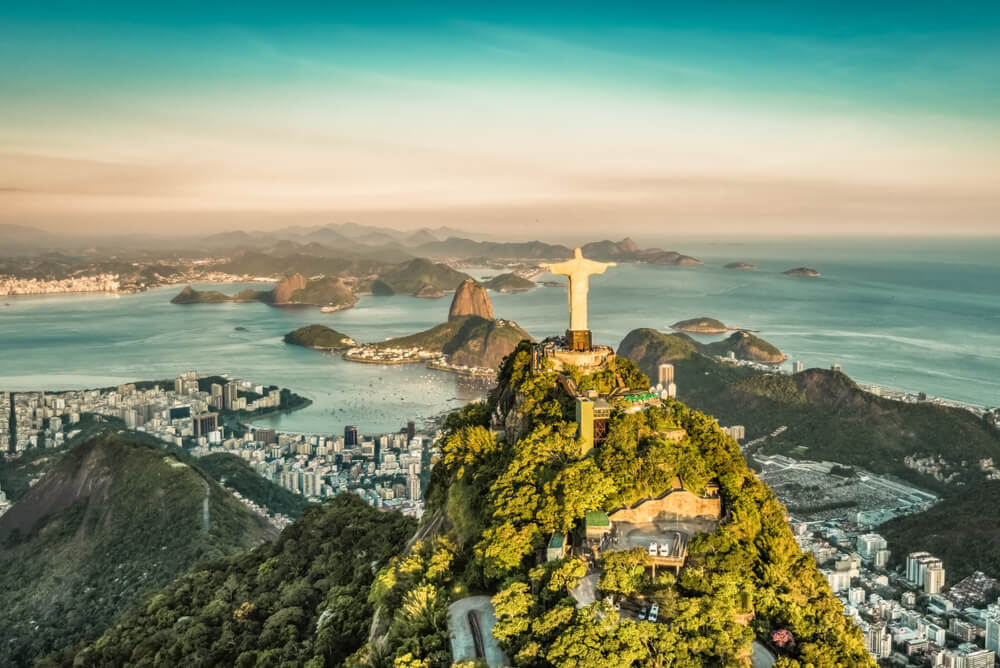
Ah, the dreaded B word. It’s one thing to dream endlessly of Iguazu Falls, the ancient steps of Machu Picchu and Copacabana beach; but affording it is another thing entirely. Although South America may be considered “cheap” by some backpacking standards (compared to backpacking across Australia, for instance), it’s more expensive than Central America and, for the most part, Southeast Asia.
Budgeting between $50AUD/day and $70/day should cover you in most places with big cities carrying a higher daily price tag.
To save money, try to buy food at local grocers for one or two meals per day (like breakfast and a packed lunch) and try to cook your own dinner a few nights per week. Choosing accommodation with kitchen facilities may cost a little bit extra per night, but the money saved by cooking for yourself balances this out in your favour.
On the subject of food, South American cuisine varies widely from country to country and from urban centres to more remote destinations. By in large, it’s a meat lovers paradise, so vegetarians, be aware that vegetarian options may be limited and difficult to come by.
If your hostel has on-site laundry facilities that’s a bonus. Otherwise, head to the laundromat once a week, and do not leave your clothes unattended anywhere – ever. Poverty and crime rates in some South American areas, particularly urban centres, are high. You might think your dirty washing’s worthless, but it could be more than what many of the locals have, so be vigilant at the laundromat.
If you’re on a tight budget, opt for a dorm instead of a private room. Should you be travelling alone, private rooms in youth hostels may provide you with extra luxuries and security in an unfamiliar place.
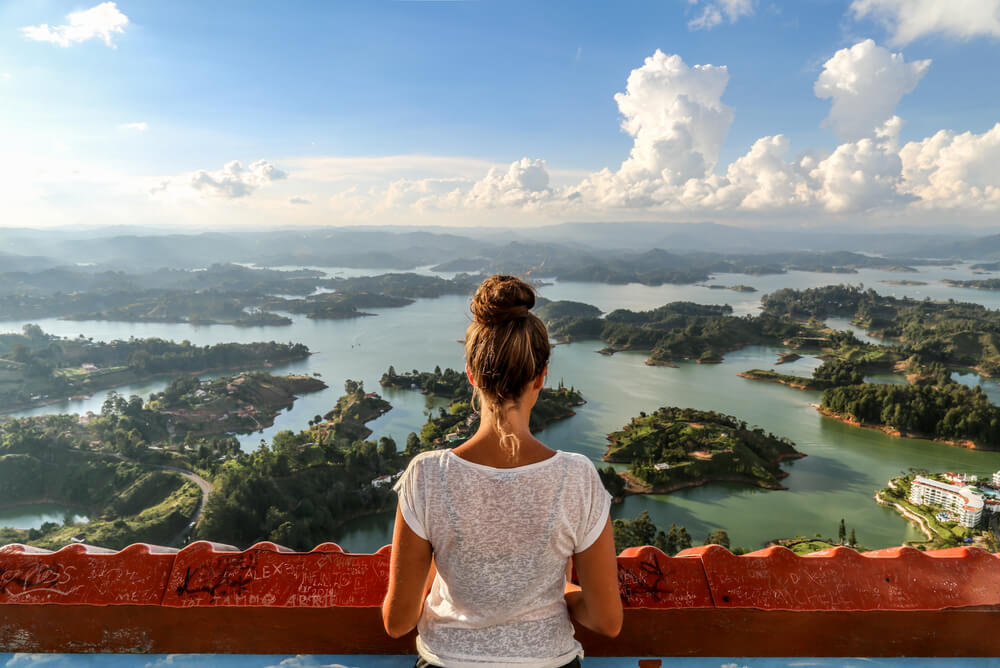
Speaking of accommodation, it should be readily available throughout the year, except at festival/carnival time. If you’re heading over for Carnivale or one of the other popular festivals, it’s best to book accommodation in advance. International standard hostel accommodation is available in most large cities throughout South America but outside of urban centres, smaller less-equipped accommodations prevail. Be prepared to spend more than one night without hot water.
How many places you visit won’t just depend on your budget, but also the amount of time you have to travel around. For example, it will take you at least a week to ‘do’ Machu Picchu and there are no day trips into the Amazon – you’re looking at four days as a minimum. To get started on an itinerary, look at a few of the guided tour companies that specialise in South American tours.
You’ll get an idea of how much you can get to/through in a certain time frame. However, it’s worth keeping in mind that guided tours will pack more into a shorter time span, because they often operate their own transport and know how to “smooth” the way when necessary. These are luxuries you won’t have when backpacking around South America by yourself.
Guided tours offer first-time visitors a great introduction to an area and often use local guides to take visitors “off the beaten track” to places that you, as a lone backpacker, wouldn’t know about or be able to get to. Consider guided tours for all or some of your South American adventure. You may find it almost impossible to get into the Amazon or up to Machu Picchu without being on a guided tour anyway!
Ok, ready for some country by country highlights to get your Latin fever burning?
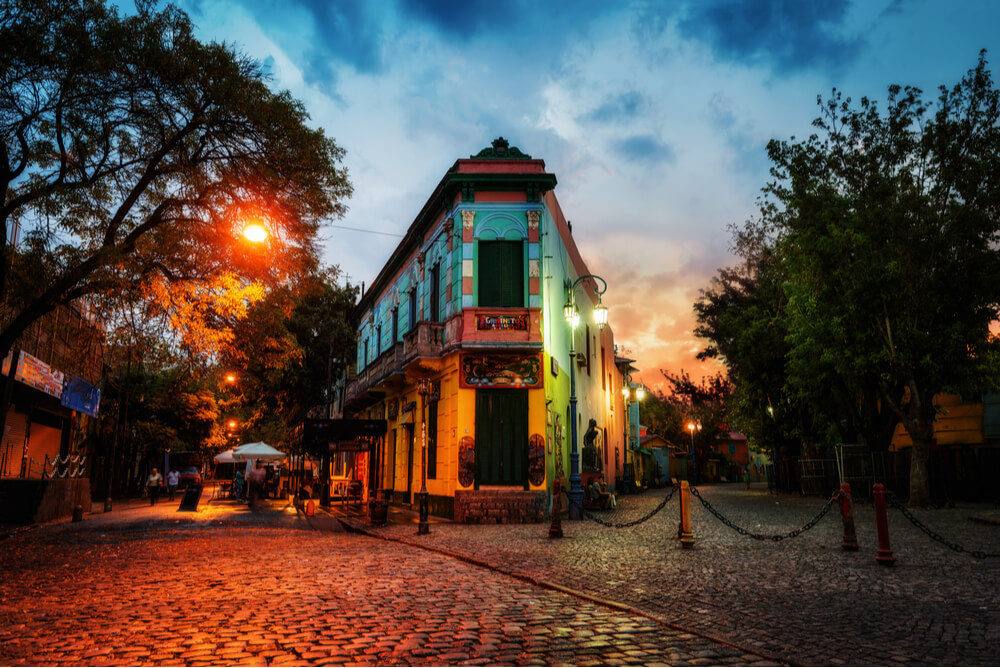
Famous for their steak and red wine, Argentina’s also well known for inventing the fiery dance of lovers – the Tango! Spanish is the official language and pesos are the currency. Top spots include:

Often referred to as the Tibet of the Americas, Bolivia is one of the most remote countries in the Western Hemisphere. The currency is Boliviano and the official language is Spanish, although Spanish may not be spoken in rural and remote communities. Having said that, if you’re looking to study Spanish abroad, Bolivia’s a great place to do it since their accent is clear and makes picking up Spanish easier.
Learning Spanish in a home stay situation is popular with visiting tourists and, as such, home stay programs in Bolivia abound and are usually very safe and reputable. Top spots include:
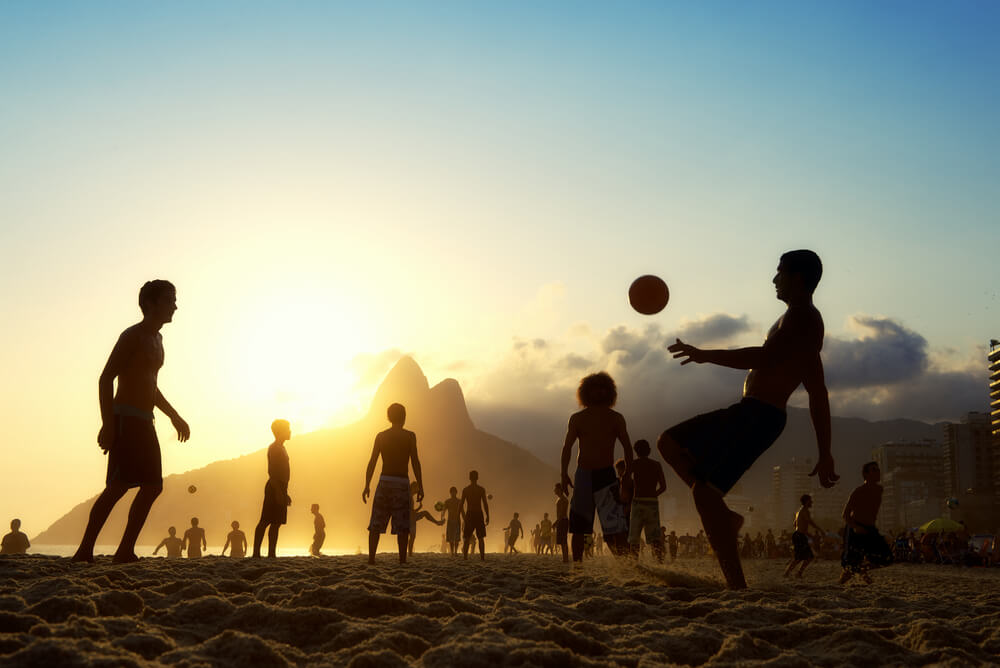
Famous for Rio’s Carnivale, long stretches of beautiful beaches and the Amazon rainforest, Brazil offers visitors a wealth cultural, historic and natural must-see destinations. Portuguese is the official language, Real is the official currency and football is the unofficial religion.
Brazil is vast; both Sao Paolo and Rio de Janeiro are bustling, dusty, thriving urban centres full of nightlife, shopping and eating. More top spots include:
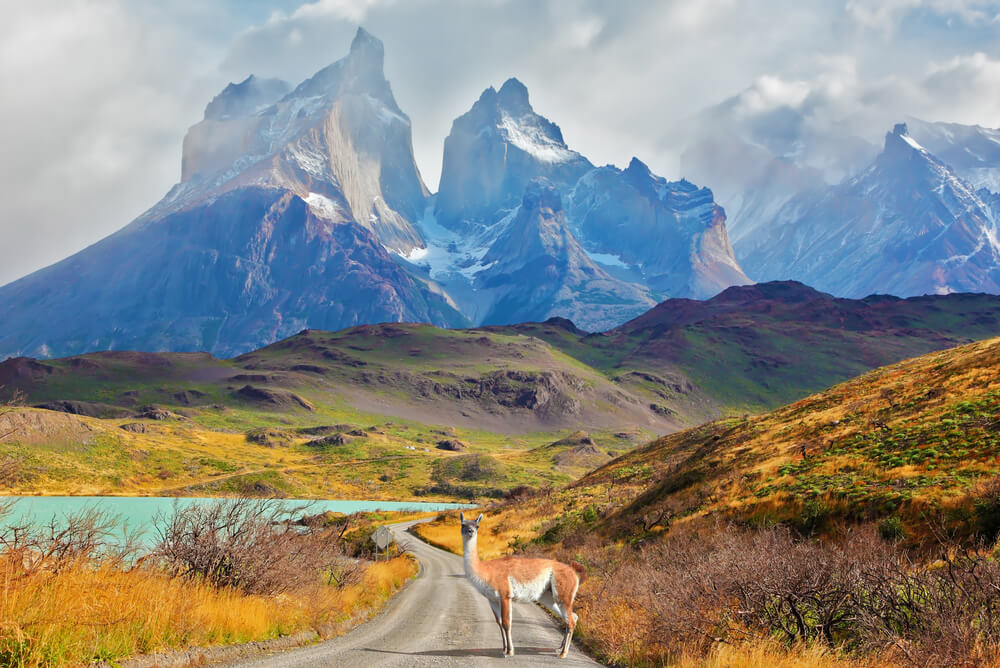
Famous for its volcanos, glaciers and fjords, Chile is sandwiched between the Andes Mountains and the Pacific Ocean. It’s only 180km wide at its widest point, but the coastline covers more than 4,300 kilometres, earning Chile the nickname of longest country in the world.
Spanish is the primary language and the currency is the Chilean Peso. The capital Santiago is a small, thriving cosmopolitan city. It’s also making a name for itself as a foodie’s dream with plentiful markets, artisan produce and array of exciting restaurants, not to mention Chile’s world-renowned wines.
Top spots include:
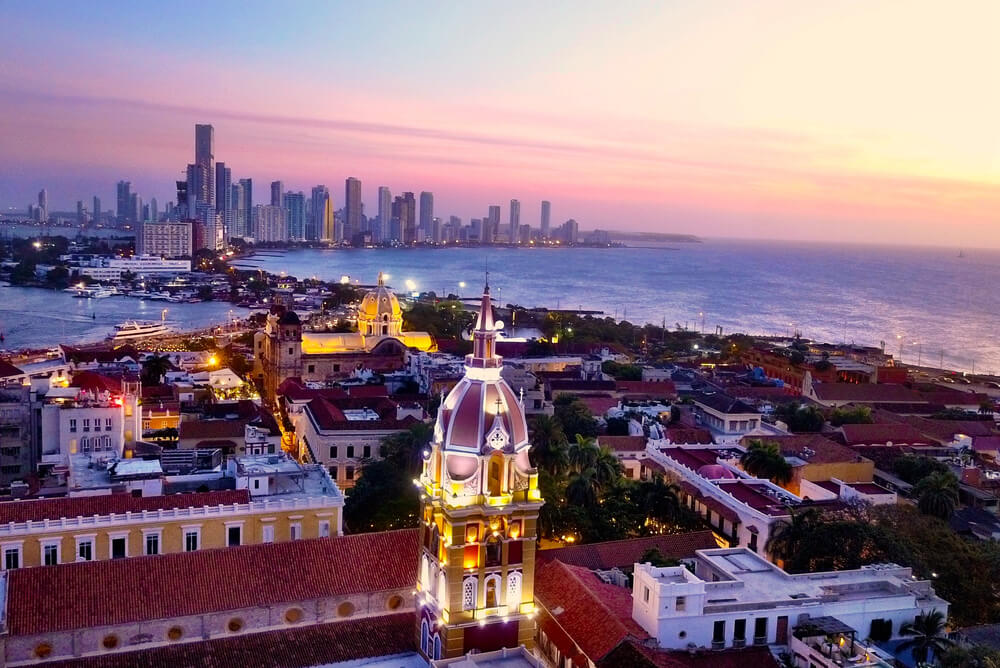
Colombia is considered one of the world’s megadiverse countries. Spanish (and in urban centres English) is the official language and the Colombian Peso is the currency. Colombia’s famous for coffee and its wealth of natural resources (it’s the world’s leading source of emeralds).
Top spots include:
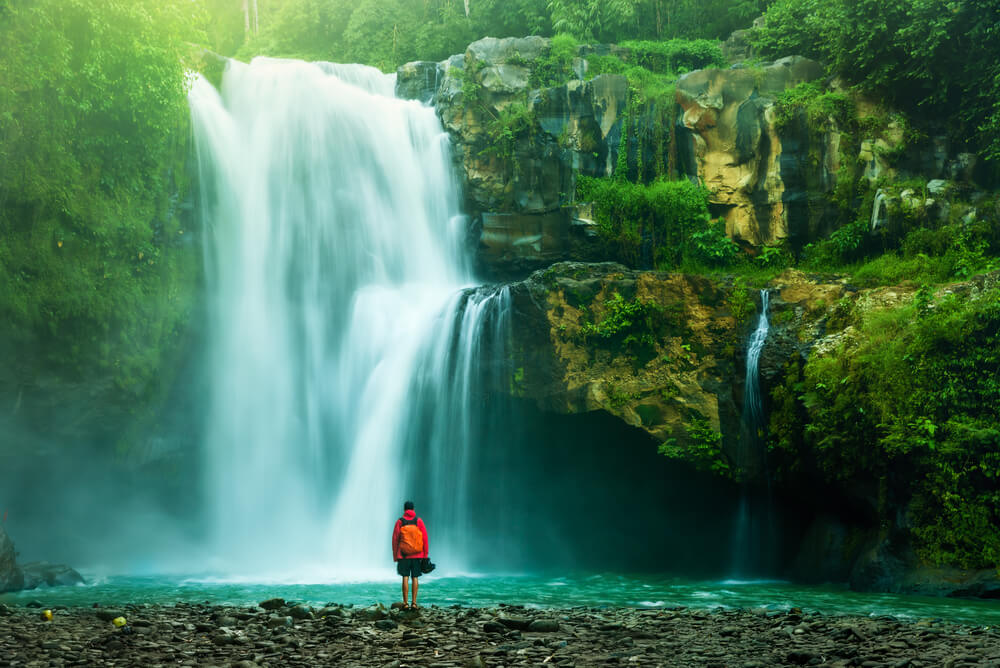
With a little something for everyone, this slightly smaller country is a South American pocket rocket of experiences that’s perfect for backpackers. As bang for your proverbial buck and diversity of experiences go, Ecuador tops the list. You’ve got beaches, mountains, volcanos, jungle, rainforest, lakes, heritage architecture, pumping nightlife, waterfalls, hot springs, surfing, shopping – the list is almost endless. Spanish is the official language and the currency is the US Dollar.
Starting with the capital, Quito, every tourist should straddle the equator at least once! Other top spots include:
If trekking isn’t your thing, just make sure you visit Laguna Quilotoa; trust us this stunning lake is well worth the trip. There’s also Banos – adventure capital of Ecuador, so mountain bike, rock climb and white-water raft to your heart’s content. After something fun but a bit less physical intensive? Ecuador’s city of Mantañita is beach party central.

Famous for the Incans, llamas and their cocoa trade, Peru’s the epicentre of cultural tourism. Spanish and Quechua are the official languages in Peru, though Quechua is more prevalent in highland areas.
The currency is Peruvian Nuevo Sol (soles), but US Dollars are also accepted in some places. Starting in Lima, take in some of the region’s unique, local cuisine and throw back a pisco sour (the national drink of Peru; made with grape brandy).
Top spots include:
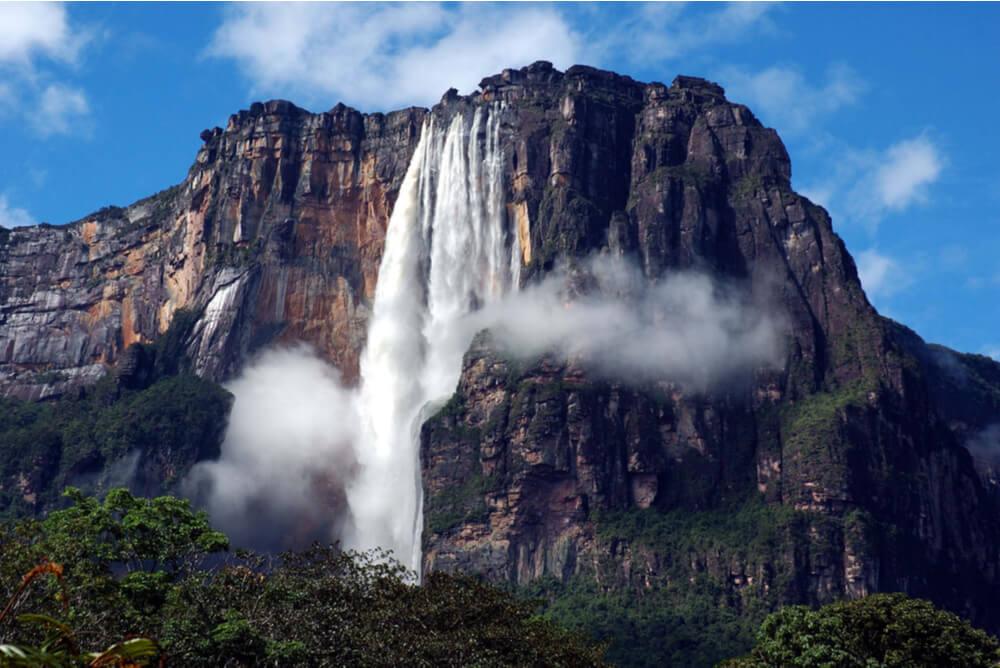
Also a megadiverse country, Venezuela is known for its natural wonders and burgeoning petroleum industry. The national currency is the Venezuelan bolívar and the primary language is Spanish.
Starting in Caracas, take in the Cathedral Metropolitana, Museo Sacro de Caracas and El Ávila National Park. Don’t forget to try an arepa (famous Venezuelan corn meal cake) and cool down with a refreshing papelón con limón (raw hardened sugar cane with water and lemon or lime juice).
Some of Venezuela’s top spots include:
Guyana, Suriname, Paraguay and Uruguay are lesser known, but no less interesting countries you may want on your South American backpacking adventure itinerary. Guyana and Suriname are located on the north-eastern tip of the continent and are bordered by the Caribbean Ocean.
If you’re looking for some of the best beaches in South America that aren’t packed with tourists, head to Guyana or Suriname. There are lots of wonderfully preserved colonial heritage architecture, museums and lush landscapes. Plus, they’re less popular with tourists, so you may have many spots all to yourself!
Paraguay and Uruguay are also some great “off the beaten track” destinations for international tourists. Check out Punta del Este in Uruguay, a summer oasis often compared to St. Tropez and do a wildlife cruise down the Paraguay river through the wetlands.
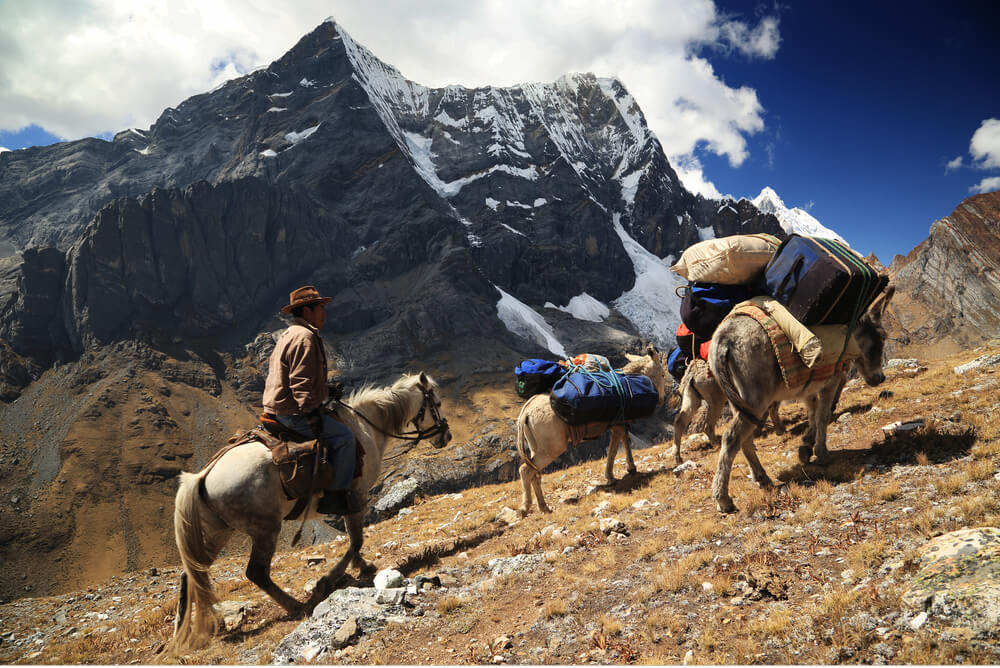
South America is an enormous continent, full of wonderful people and places to visit. However, it’s historically been a site of much internal conflict, political and social upheaval. Generally, poverty rates are high in much of South America, with abject poverty more prevalent in urban areas. Due to high poverty levels, crime is also an unfortunate concern for travellers to South America as many tourist areas are also crime hotspots.
Be smart, use common sense and don’t take unnecessary risks (like leaving your belongings unattended!). If you can, backpack with a friend or join up with a group of like-minded travellers; you can usually find safety in numbers. Keep your passport, ID documents and money on you at all times, don’t flash cash around and don’t wear flashy jewellery or clothes.
Bureaucracy and corruption are rife in certain parts of South America, so ensure that your paperwork (including visas, transit stamps, passport validity etc.) is in order before you leave Australia.
Whether it’s altitude sickness in Peru, malaria in the Amazon or falling off your mountain bike on Yungas Road, be mindful of unexpected foreign illnesses and accidents. Make sure all your vaccinations are up to date and ask your doctor about any medical precautions you could take before your trip.
Apart from your passport, travel insurance is the next most important item to consider for your South American backpacking adventure. If your belongings get stolen or you contract an illness, travel insurance can help cover financial losses you may face.
Policies vary, so make sure you compare your travel insurance options and select one that covers you for all the countries and activities you want to enjoy on your trip (some snow and adventure sports carry extra charges).
So, what are you waiting for? Compare travel insurance today!